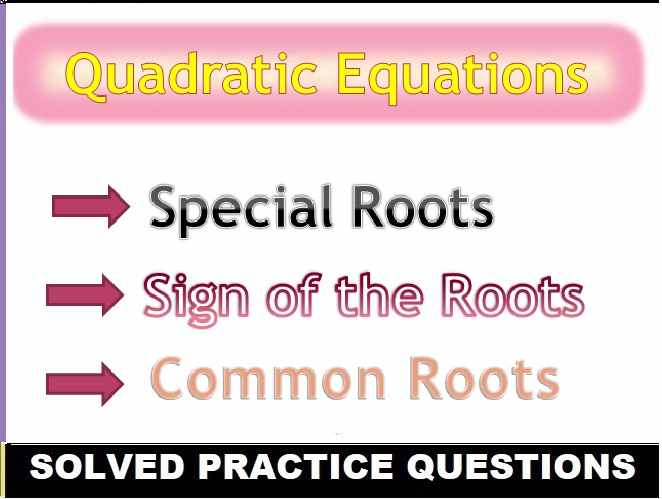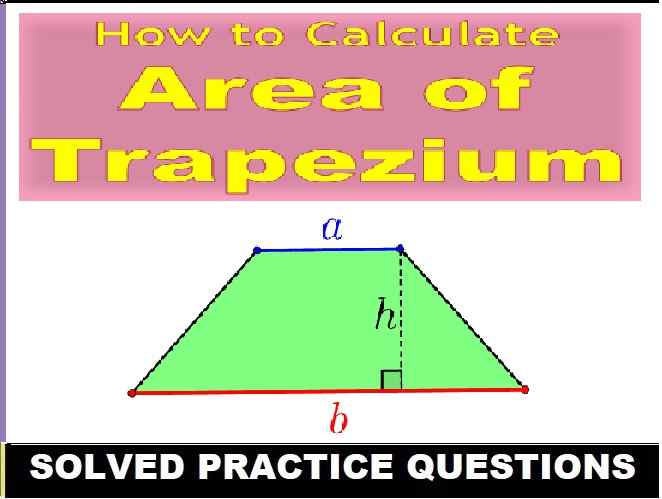ICSE Class-8th Essential Elements Compounds and Mixtures Bharti Bhawan Chemistry Solutions Chapter-3. We Provide Step by Step Answer of Objective, True False , Match the following , Short / Long Answer Type of Exercise-3 Elements, Compounds and Mixtures. Visit official Website CISCE for detail information about ICSE Board Class-8.
ICSE Class-8th Essential Chemistry Ch-3 Elements Compounds and Mixtures Solutions of Bharti Bhawan Publishers
| Board | ICSE |
| Publications | Bharti Bhawan |
| Subject | Chemistry |
| Class | 8th |
| Chapter-3 | Elements, Compounds and Mixtures |
| Book Name | Essential |
| Topics | Solution of Objective, True False , Match the following , Short / Long Answer Type Questions |
| Academic Session | 2021-2022 |
Solutions of Bharti Bhawan Publishers Chemistry
ICSE Class-8th Essential Chemistry Ch-3 Elements Compounds and Mixtures
Exercise Short-Answer Type Questions
(Solutions of Bharti Bhawan Publishers Chemistry ICSE Class-8th Essential Chemistry Ch-3 Elements Compounds and Mixtures )
Page 32
Question 1
What is an element?
Answer :
Elements constitute the simplest chemical substances in which all the atoms are exactly the same.
Question 2
What is a compound?
Answer :
Compounds are chemical substances made up of two or more elements that are chemically bound together in a fixed ratio.
Question 3
What is a mixture?
Answer :
when two or more substances mix with each other without participating in a chemical change, the resulting substance is called a Mixture.
Question 4
Does a compound contain only one type or atoms?
Answer :
No
Question 5
Which of the following mixtures are homogeneous and which are heterogeneous ?
(a) Carbon and sulphur
(b) Brass
(c) Salt and water
(d) Water and carbon tetrachloride
(e) Sand and salt
(f) Water and oil
Answer :
a) Carbon and sulphur– heterogeneous
(b) Brass — homogeneous
(c) Salt and water — homogeneous
(d) Water and carbon tetrachloride — homogeneous
(e) Sand and salt — heterogeneous
(f) Water and oil — heterogeneous
Question 6
Can the constituent elements of a compound be in any proportion of atoms and mass ?
Answer :
No , Fix proportion of atoms and mass
Question 7
Can you dissolve out sulphur from iron(I) sulphide using carbon disulphide?
Answer :
Yes, it can be done. Sulphur can be dissolved out from Iron2 Sulphide by using Carbon Disulphide because Sulphur has the special property to dissolve in carbon disulphide whereas iron does not dissolve . Iron and Sulphur particles does not exists separately as such they loose their individual property in this reaction
Question 8
Name a method to separate the pigments of an ink.
Answer :
Chromatography is a method for analysing mixtures by separating them into the chemicals from which they are made. It can be used to separate mixtures like ink, blood, gasoline, and lipstick. In ink chromatography, you are separating the coloured pigments that make up the colour of the pen
Question 9
What are the following called?
(a) The apparatus in which the vapours are cooled during distillation
(b) The phenomenon in which a substance gets vaporised without melting
(c) A substance that adsorbs other substances
(d) An array of colours obtained in chromatography
Answer :
a) The apparatus in which the vapours are cooled during distillation- Leibig Condensor
(b) The phenomenon in which a substance gets vaporised without melting- Sublimation
(c) A substance that adsorbs other substances- Adsorbate
(d) An array of colours obtained in chromatography–Chromatogram
Question 10
How would you separate benzene (boiling point 80 °C) from toluene (methyl benzene, boiling point 110 C) with which it is miscible?
Answer :
Fractional Distillation
Exercise Long-Answer Type Questions
(Solutions of Bharti Bhawan Publishers Chemistry ICSE Class-8th Essential Chemistry Ch-3 Elements Compounds and Mixtures
Page 33
Question 1
State the differences between an element and a compound.
Answer :
Elements are pure substances which are composed of only one type of atom. Compound are substances which are formed by two or more different types of elements that are united chemically in fixed proportions. .Compounds are represented by their chemical formula. For example, salt is represented by the formula NaCl.
Question 2
Give three points of difference between a mixture and a compound.
Answer :
| Parameter | Compound | Mixture |
| Meaning | A compound is a pure form comprising of two or more elements in a chemical combination | A mixture is an impure substance involving two or more substances that are physically mixed. |
| Composition | The presence of elements in compounds is in a definite quantity | The presence of substances in mixtures is not in a definite quantity |
| Formula | A compound certainly has a specific formula on the basis of its constituents | Mixtures are devoid of a chemical formula |
| Properties | The properties of a specific type of compound are definite and there is no variation in them | The properties of a mixture tend to vary due to their dependence on the type of substances present |
| Substances | The formation of new substances always results in a compound because of the mixing of properties of the various elements | Formation of new substances does not take place from the mixtures because the properties of its constituents are not changeable |
| Separation | The elements of a compound are not easy to separate by physical methods | The substances of a mixture are certainly easier to separate by various physical methods like chromatography, evaporation, filtration, etc |
| Change of heat | There is a change of heat during the formation of a particular compound | There is no heat change in mixtures when their formation takes place |
| Melting or Boiling point | Compounds have an unchangeable definite melting or boiling point | Mixtures lack a definite melting or boiling point |
| Examples of Compound and Mixture | Methane, salt, baking soda, etc | Brass, chromium, bismuth, etc |
Question 3
Describe the separation of salt from sand.
Answer :
Salt is water soluble, while sand is not. This means the two can be mixed in water and stirred. The salt will dissolve and the sand will not. These differences form the basis for separation of the three materials
Question 4
Describe Fractional distillation.
Answer :
Fractional Distillation Procedure
Few fractional distillation apparatuses are required for the process. It includes distilling flask, condenser, receiver, fractionating column, thermometer and heat source.
After setting up the apparatus, a mixture of two miscible liquids A and B is taken where A has more volatility than substance B. The solution is added into the distilling flask while the fractionating column is connected at the tip of the flask. Heat is applied which increases the temperature slowly. The mixture then starts to boil and vapours start rising in the flask. The vapours are from the volatile component A. The vapours then start moving through the fractionating column into the condenser where it is cooled down to form a liquid which is collected in the receiver.
Throughout the process, vaporization and condensation take place repeatedly until the two mixtures are separated completely.
Question 5
How would you separate the dyes of an ink?
Answer :
When the water passes through the black ink it takes the pigment colors with it. Some pigments dissolve in water easier and are pulled with the water farther up the paper. This is called chromatography – separating the parts of a mixture so that you can see them one at a time. Black ink actually looks like a rainbow!
Question 6
Describe two methods to separate iron filings and sulphur powder from a mixture or the two.
Answer :
To separate a mixture of iron filings and sulphur powder The following methods are used: employs the use of carbon disulphide as a solvent followed by filtration and evaporation. Carbon disulphide: Sulphur dissolves in carbon disulphide, whereas iron does not. So, the solution will contain undissolved iron
Question 7
A mixture contains carbon, sulphur and nitre. How would you separate them ?
Answer :
Gunpowder is a mixture of Sulphur, charcoal and potassium nitrate. The water is added to the mixture of potassium nitrate and this mixture is filtered. The filtrate is a Sulphur solution while the residue is charcoal.
Gunpowder is a mixture of Sulphur, charcoal and potassium nitrate. When water is added to the mixture, potassium nitrate dissolves. The mixture is then filtered. The filtrate is potassium nitrate solution while the residue is a mixture of Sulphur charcoal. The filtrate is evaporated on a sand bath to obtain potassium nitrate back. When carbon disulphide is added to the residue, Sulphur dissolves. When the mixture is filtered the filtrate is Sulphur solution while the residue is charcoal. Leaving it open evaporates the Sulphur solution. Carbon disulphide then evaporates and Sulphur crystals are left behind.
Exercise Objective Type Questions
(Solutions of Bharti Bhawan Publishers Chemistry ICSE Class-8th Essential Chemistry Ch-3 Elements Compounds and Mixtures
Page 33
Choose the correct option.
Question 1
Which of the following is an element?
(a) Hydrogen
(b) Salt
(c) Water
(d) Glucose
Answer :
(a) Hydrogen
Question 2
Ammonium chloride can be separated from sand by
(a) decantation
(b) fractional distillation
(c) sublimation
(d) chromatography
Answer :
(c) sublimation
Question 3
Common salt can be separated from sand by
(a) distillation
(b) fractional distillation
(c)using water as a solvent
(d) using a separating funnel
Answer :
(c) using water as a solvent
Question 4
For separating the components of which of the following mixtures can a separating funnel be used ?
(a) Water + sodium chloride
(b) Chalk+ water
(c) Alcohol + water
(d) Oil + water
Answer :
(d) Oil + water
Question 5
The dyes of an ink are best separated by
(a) filtration
(b) using a separating funnel
(c) fractional distillation
(d) chromatography
Answer :
(d) chromatography
Match columns A and B.
| A | B |
| (i) Sulphur | (a) A heterogeneous mixture |
| (ii) Sugar | (b) A homogeneous mixture |
| (iii) Mud | (c) An element |
| (iv) Alloy | (d) A compound |
Answer :
| A | B |
| (i) Sulphur | (c) An element |
| (ii) Sugar | (b) A homogeneous mixture |
| (iii) Mud | (a) A heterogeneous mixture |
| (iv) Alloy | (d) A homogeneous mixture |
Fill in the blanks.
1. A …...mixture………….. can be split into simpler substances by a physical means like filtration, sublimation or distillation. (mixture/compound)
2. The constituents of a compound are present in ……definite…………. proportion by mass. (a definite/any)
3. A fizzy drink is a ………homogeneous.……… mixture. (homogeneous / heterogeneous)
4 Two ……immiscible..……. liquids may be separated by using a separating funnel. (miscible/immiscible)
Write T for true and F’ for false for the following statements.
1. An element contains more than one type of atoms. F
2 A compound contains only one type of atoms. F
3. Air is a mixture of elements and compounds. T
4 An alloy is a homogeneous mixture. T
5. Common salt is manufactured by the evaporation of sea water. T
-: End of ICSE Class-8th Essential Elements Compounds and Mixtures Bharti Bhawan Chemistry Solutions Chapter-3. :-
Return To :- ICSE Class-8 Essential Chemistry Bharti Bhawan Solution
Thanks



Here the long answers are very easy while the long answers my teacher told to mark us are very difficult
I would be thankful if the bookers would start giving the solution book too with inbetween or tell the schools about the solution
Thanks dear 😊